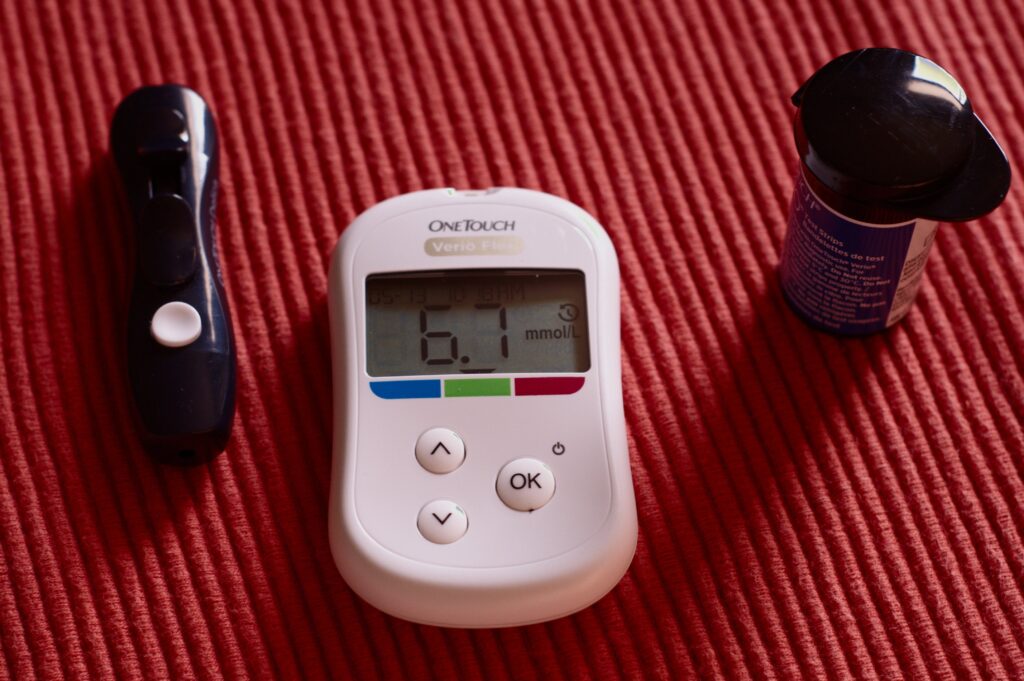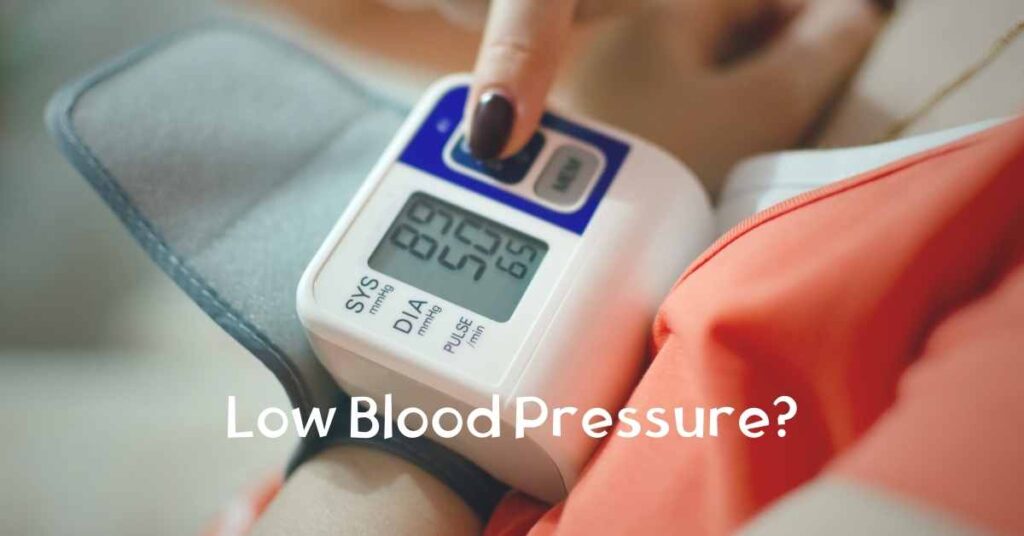What Is Hypothyroidism?
Hypothyroidism simply means underactive thyroid gland. Thyroid gland is an important major gland of our body. This gland is associated with various vital functions such as metabolism, heat production, RBC production, maintaining reproductive cycle, etc.
When the thyroid gland does not produce enough thyroid hormones (T3, T4) then it can lead to hypothyroidism.
Hypothyroidism is more common in women, whites and Latin Americans.
Types of Hypothyroidism
Underactive thyroid is of two types
- Primary Hypothyroidism (also known as myxedema)
- Secondary Hypothyroidism (also known as central hypothyroidism)
Primary Hypothyroidism
Primary hypothyroidism occurs when there is internal dysfunction of thyroid gland. So, there is reduced amount of synthesis and secretion of thyroid hormone T3 and T4.
In clinically evident primary hypothyroidism, there is elevation of TSH level (usually >10 mU/L), and free T4 level below the lower limit of normal reference range.
There is also another type of underactive thyroid known as subclinical hypothyroidism. In this subclinical hypothyroidism, the TSH level is modestly elevated and the free T4 level remains in the low normal to normal range.
Secondary Hypothyroidism
Secondary Hypothyroidism occurs when the pituitary gland is unable to adequately stimulate the thyroid gland with TSH. It can be due to the disorder of either pituitary gland or hypothalamus or both. In the secondary hypothyroidism, TSH is of insufficient quantity or insufficient functional integrity.
So, in secondary hypothyroidism there is no internal dysfunction of thyroid gland. As the stimulation of thyroid gland depends upon the pituitary and hypothalamus, based on which the thyroid gland produces thyroid hormones (T3, T4). So, when there is need of production of more thyroid hormones, thyroid gland is stimulated by the pituitary gland through TSH, so thyroid gland produces more T3 and T4 hormone.
Similarly, when there is more thyroid hormone T3 and T4 present in blood, then thyroid gland is less stimulated by the pituitary gland, so thyroid gland produces less T3, T4 hormone to maintain a normal thyroid hormone level in the blood. So that the normal functioning of thyroid gland can be maintained.
But when there is disorder of pituitary gland or hypothalamus, the stimulation of thyroid gland based on thyroid hormone level in the blood is hampered, as a result secondary hypothyroidism develops.
Hypothyroidism Causes
There are wide range of reasons that can cause underactive thyroid. The common causes are the following
Primary Hypothyroidism Causes
- Insufficient Functioning Of Thyroid Gland Tissue
- Congenital absence of thyroid gland tissue
- Autoimmune destruction of thyroid tissue (Hashimoto thyroiditis)
- Surgical removal of thyroid gland tissue
- Radioablation of thyroid gland tissue by radioactive iodine or external beam radiation
- Infiltrative destruction of thyroid tissue ( such as in hemochromatosis, scleroderma, amyloidosis)
- . Impaired Thyroid Hormone Synthesis
- Iodine deficiency
- Congenital enzymatic defects that disrupt thyroid hormone synthesis
- Drug mediated inhibition of thyroid hormone production and release
- Amiodarone
- Thionamides
- Lithium
- Bexarotene
- Certain tyrosine kinase inhibitors (example, sunitinib)
- Altered Metabolism Of Thyroid Hormone
- Consumptive hypothyroidism
- Drugs altering thyroid hormone metabolism
Secondary Hypothyroidism Causes
- Insufficient secretion of TRH or TSH
- Disorders of hypothalamus
- Tumor (lymphoma, germinoma, glioma)
- Irradiation
- Inflammation (sarcoidosis, vasculitis)
- Underactive pituitary gland (hypopituitarism)
- Mass lesions
- Pituitary surgery
- Pituitary radiation
- Hemorrhagic apoplexy (Sheehan syndrome)
- Infiltration (hemochromatosis, tuberculosis, fungal infection)
- Lymphocytic hypophysitis
- Disorders of hypothalamus
- Thyroid Hormone Resistance Syndrome
Hypothyroidism Symptoms
The symptoms of underactive thyroid vary based upon the age and severity of the condition. The symptoms that are common
- Weakness
- Lethargy
- Fatigue
- Muscle pain (myalgias)
- Decreased exercise tolerance
- Intolerance to cold
- Depressed mood
- Hoarseness
- Constipation
- Weight gain despite poor appetite
- Joint pain (arthralgias)
- Dry skin
- Hair loss
- Paresthesias
In case of severe underactive thyroid, the following symptoms can develop
- Amenorrhea (absence of menstruation)
- Menorrhagia (abnormal heavy bleeding during menstruation)
- Galactorrhea (milky nipple discharge that is not related with normal milk production of the breast feeding)
- Mild memory lapses to delirium, dementia, seizures, myxedema coma ( theses symptoms can be under recognized, especially in older adults)
Underactive Thyroid Signs
The physical findings of underactive thyroid are the following
Children can have
- Delayed growth despite weight gain
- Delayed or precocious puberty
- Muscle pseudohypertrophy
Adults can have
- Mild hypothermia
- Bradycardia (slower heart rate)
- Diastolic hypertension
- Muffled heart sounds
Other signs of hypothyroidism are the following
- Skin can be dry, coarse, yellow, cool to touch
- Thin scalp hair
- Thinning of lateral eyebrows
- Brittle nail
Hypothyroidism Laboratory Test
To diagnose underactive thyroid, following laboratory tests are needed
Other laboratory tests that are done in association with thyroid tests are the following
- Complete blood count test
- MCV blood test
- Hemoglobin test
- FPG, PP, HbA1C test
- Lipid profile test
- Chest radiograph
- Sometimes ECG
Hypothyroidism Diagnosis
Diagnosis of underactive thyroid is based upon the laboratory test results of TSH and free T4.
When there is suspected underactive thyroid, TSH and T4 levels is checked.
- When there is elevated TSH level and decreased free T4, then it is primary hypothyroidism
- When there is elevated TSH, but normal free T4, then it is mild or subclinical hypothyroidism
- When there is either normal or decreased TSH and decreased free T4, then it is secondary hypothyroidism, or non thyroidal illness, or drug effect (such as suppression of TSH by dopamine)
- When there is normal TSH and normal free T4, then there is no underactive thyroid. This is associated with normal functioning of thyroid gland.
Here it is important to mention that the uncommon causes of only elevation of TSH can be seen in case of recovery from systemic illness, renal failure, adrenal insufficiency, etc. All these issues must be considered during the diagnosis of underactive thyroid.
Typical laboratory abnormalities that can be seen in underactive thyroid are the following
- Macrocytic anemia
- Hyponatremia
- Hypoglycemia
- Elevated blood levels of creatine phosphokinase
- Elevated total cholesterol, LDL cholesterol, triglyceride, homocysteine, prolactine.
- On ECG, sinus bradycardia and low voltage in the limb leads is seen.
- On chest radiography, widened cardiac silhouette is seen.
Hypothyroidism Treatment
Treatment of underactive thyroid depends upon the following factors
1. Severity of the condition, whether it is mild, moderate, or severe
2.Age of the patient
3.Presence of other underlying medical conditions such as renal disease, pituitary disorder, etc.
4.For how long the hypothyroidism is present (recently diagnosed, or present for a long period of time)
5.Drug intake (if underactive thyroid is present for a long period of time and the patient is on medication for this condition, then checking the doses of the medication is very important). Also, it is important to confirm that patient is taking the right dose of medicine as directed by the doctor. If the patient skips taking the medicine, then the thyroid test results will be abnormal and the doctor can wrongly prescribe the dose based on those laboratory test results. So, it is important to mention your doctor if you have skipped the medicine.
In underactive thyroid, levothyroxine sodium (thyroxine T4) is preferred replacement hormone. So, it is given to the patient. The dose of this medicine is based on the severity of the condition.
The optimal thyroxine dose is approximately 1.6 to 1.8 microgram/kg. But it is sometimes lowered in elderly adults such as 1 microgram/ kg per day. Based upon the overall physical condition of the patient, the dose of medicine is determined. It is always important to consult with your doctor if after starting the medicine you experience any abnormal symptoms.





